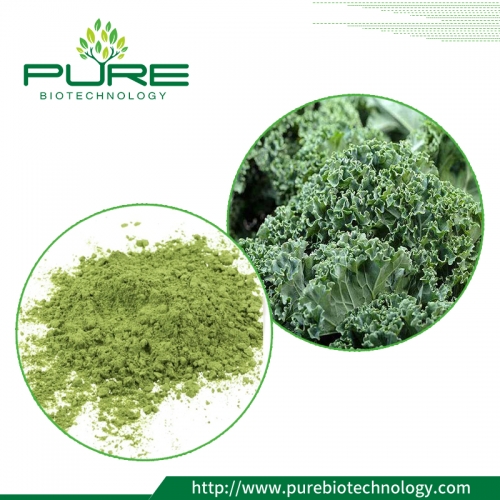
Superfoods are foods — mostly plant-based but also some fish and dairy — that are thought to be nutritionally dense and thus good for one's health. Blueberries, salmon, kale and acai are just a few examples of foods that have garnered the "superfood" label. However, there are no set criteria for determining what is and what is not a superfood, according to the American Heart Association, "Superfoods don't have their own food group," said Despina Hyde, a registered dietician with the weight management program at New York University's Langone Medical Center. "As a dietician, I think 'superfood' is more of a marketing term for foods that have health benefits."

Superfoods contain a variety of nutrients, such as antioxidants, which are thought to ward off cancer. They also have healthy fats, thought to prevent heart diseases; fiber, thought to prevent diabetes and digestive problems; and phytochemicals — the chemicals in plants responsible for deep colors and smells, which can have numerous health benefits. Consuming foods that are packed with nutrients (as many so-called superfoods are) is certainly a good idea, Hyde told Live Science. But the key to a healthy diet is to consume a variety of nutritious foods in the right quantities, she added.
Popular superfoods
Blueberries often top many lists of superfoods because they are rich in vitamins, soluble fiber and phytochemicals. But the same nutrients found in blueberries are also found in many other kinds of berries, including strawberries and cranberries. A study published in 2013 in the journal Circulatio found that a high intake of phytochemicals known as flavonoids — which are found in blueberries as well as other kinds of berries — may reduce the risk of certain heart conditions in young women.

Kale has attracted as a superfood, but so do most dark, leafy greens: Swiss chard, collards, mustards (including radish greens), spinach (and others in the amaranth family) and cabbages. Includde broccoli on that list as well. It's in the cabbage-mustard family; the modern version is grown for its flower instead of its leaves. These dark vegetables are loaded with vitamins A, C and K, as well as fiber, calcium and other minerals.

Sweet potatoes and squash also usually make the superfood list, for reasons similar to those listed for leafy greens. Both kinds of food are generally excellent sources of fiber, vitamin A and much more. They are also naturally sweet and don't require the butter, cream or salt typically added to potatoes.
Beans and whole grains are also included on superfood lists. Beans are a source of low-fat protein. These nuggets of nutirtion contain insoluble fiber, which lowers cholesterol; soluble fiber, which provides a longer feeling of fullness; and loads of vitamins and trace minerals largely absent in the typical American diet, such as manganese. Whole grains — named as such because, unlike refined grains, they are not stripped of their nutrient-containing bran and germinating part during processing — have benefits similar to those found in beans, though they don't contain as much protein. Quinoa is not a grain, but it cooks up like one, and is also a remarkable source of protein, vitamins, minerals, fiber and antioxidants.
Nuts and seeds contain high levels of minerals and healthy fats. Although these are common additions on superfood lists, the downside is that they are high in calories. A quick handful of nuts could contain more than 100 calories, according to Hyde. Shelled nuts and seeds, in this regard, are ideal because they take time to crack open, which slows you down
Any superfood list is sure to contain an "exotic fruit of the year." This might be acai berry, noni fruit, dragon fruit, rambutan or pomegranate. These fruits might be healthful, but scientific studies don't show that they are more healthful than other, less exotic (and therefore less expensive) fruits, such as blueberries. Some of these fruits may be particularly dense in certain kinds of nutrients. Pomegranate, for example, contains ellagitannins (ellagic acid), which may have anti-cancer properties. But red raspberries, which are arguably just as delicious as pomegranate seeds, also contain ellagic acid.

Similarly, whole grains are often processed so that they're more palatable, but it makes them less healthful. For example, instant whole-grain oats are as unhealthy as overly processed white bread, in that they quickly spike sugar levels in the bloodstream once consumed, promoting insulin resistance, obesity and diabetes.
Research has shown that the ideal diet is one that is largely plant-based, with a wide variety of fruits, vegetables, whole grains and healthful animal products. Superfoods might be a good entry into healthy eating, and understanding the nutritional value of the food you eat can be enlightening, but
Learn why some plant-based diets are healthier than others.